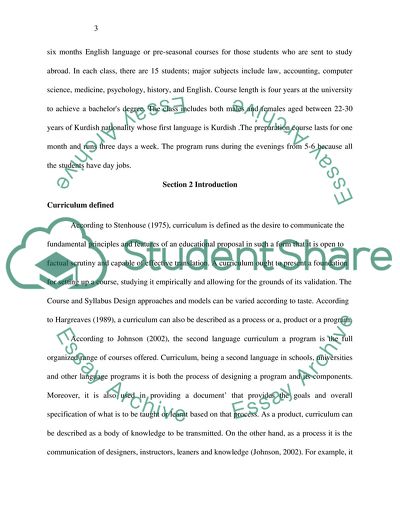Cite this document
(IELTS Course Project - The Intent of Needs Analysis As Regards Curricu Assignment, n.d.)
IELTS Course Project - The Intent of Needs Analysis As Regards Curricu Assignment. https://studentshare.org/education/1822309-design-a-preparation-ielts-course
IELTS Course Project - The Intent of Needs Analysis As Regards Curricu Assignment. https://studentshare.org/education/1822309-design-a-preparation-ielts-course
(IELTS Course Project - The Intent of Needs Analysis As Regards Curricu Assignment)
IELTS Course Project - The Intent of Needs Analysis As Regards Curricu Assignment. https://studentshare.org/education/1822309-design-a-preparation-ielts-course.
IELTS Course Project - The Intent of Needs Analysis As Regards Curricu Assignment. https://studentshare.org/education/1822309-design-a-preparation-ielts-course.
“IELTS Course Project - The Intent of Needs Analysis As Regards Curricu Assignment”. https://studentshare.org/education/1822309-design-a-preparation-ielts-course.


